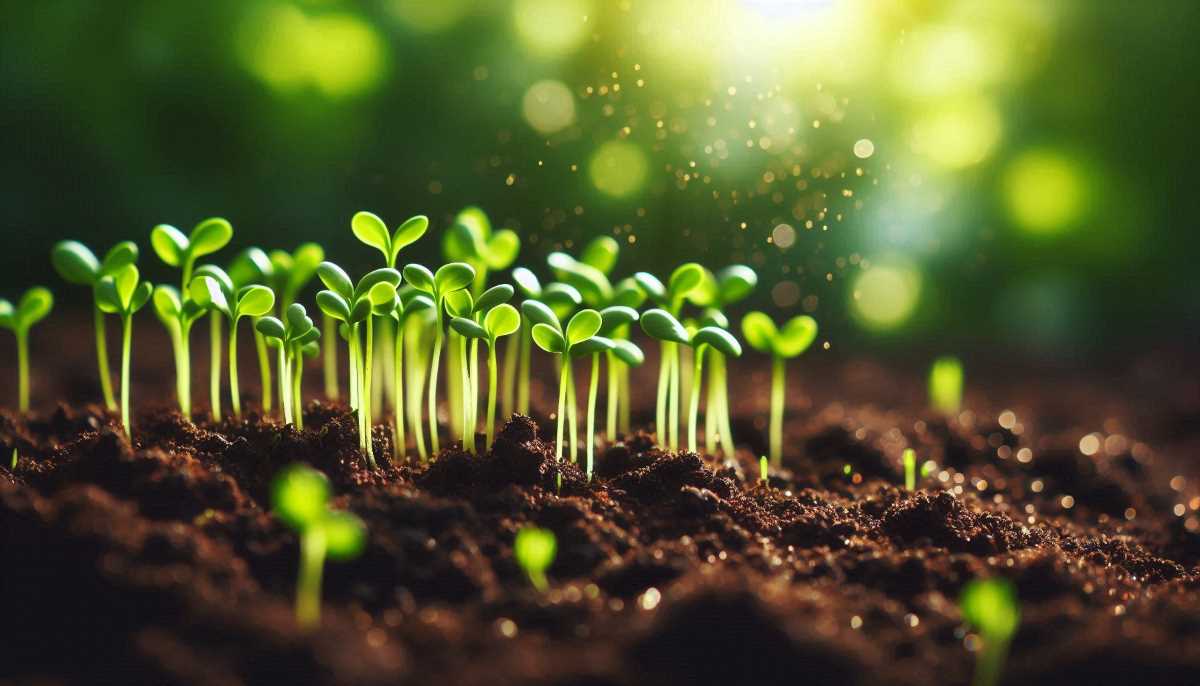How Bioremediation Can Heal the Earth and Save Our Soil
40% of Earth's soil is degraded, threatening food and water security. Soil contamination is a major problem, but treatable with bioremediation (using microbes to clean). Different methods work for various contaminants.

A contaminated soil can be bioremediated and recovered almost 100 percent, as long as the best cleaning and sanitation method is used according to its characteristics, said the researcher at the Engineering Institute (II) of the National University, Rosario Iturbe Argüelles.
During the World Environment Day event at IIUNAM 2024, she explained that each soil is unique, so it is necessary to study the appropriate type of remediation.
Meanwhile, the director of that entity, Rosa María Ramírez Zamora, highlighted that currently up to 40 percent of the Earth's surface is considered degraded, although a soil in good health can provide almost 95 percent of food, work and means of survival in the face of droughts, floods and forest fires, so their deterioration puts us at high risk of food insecurity, poverty, lack of water and floods.




